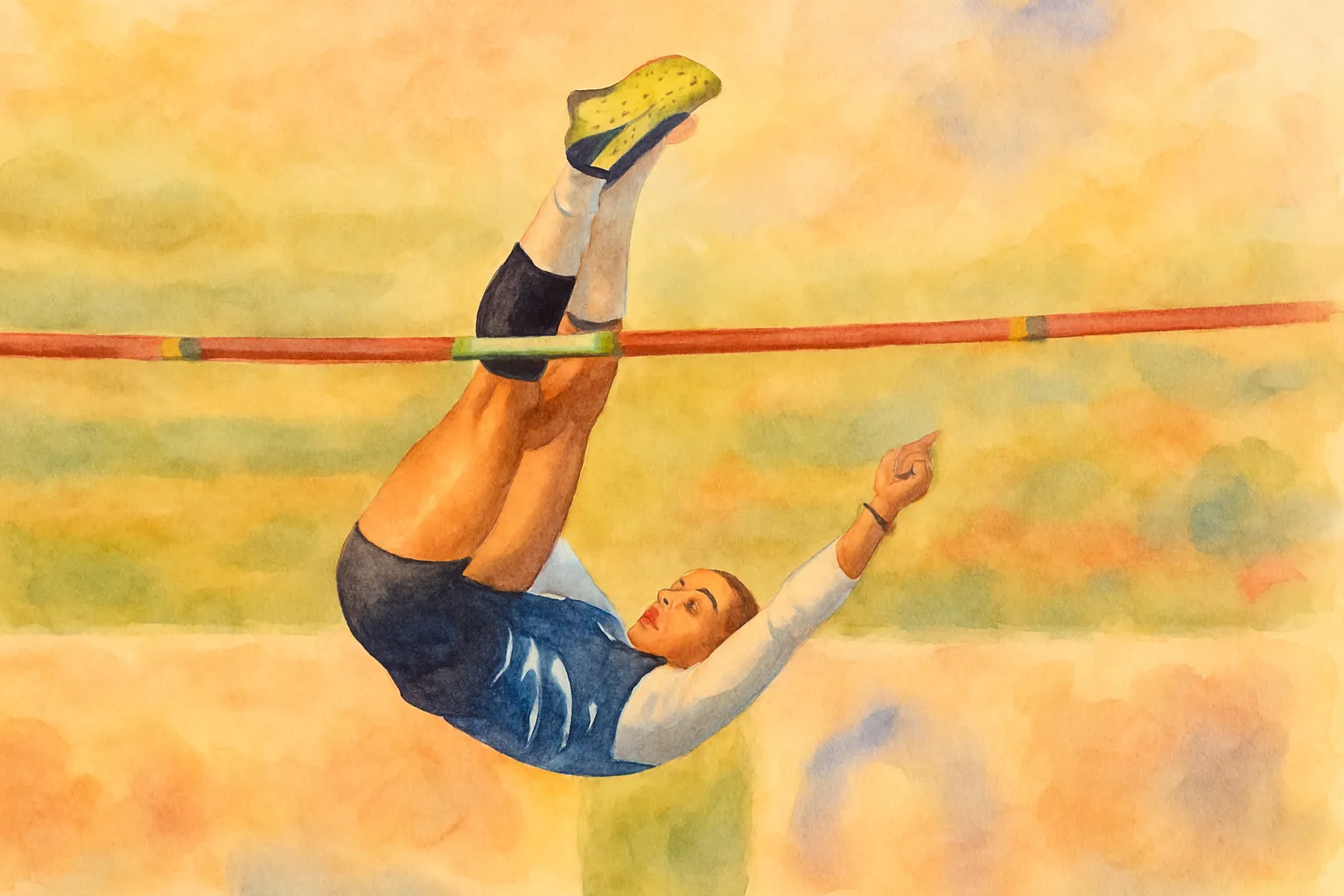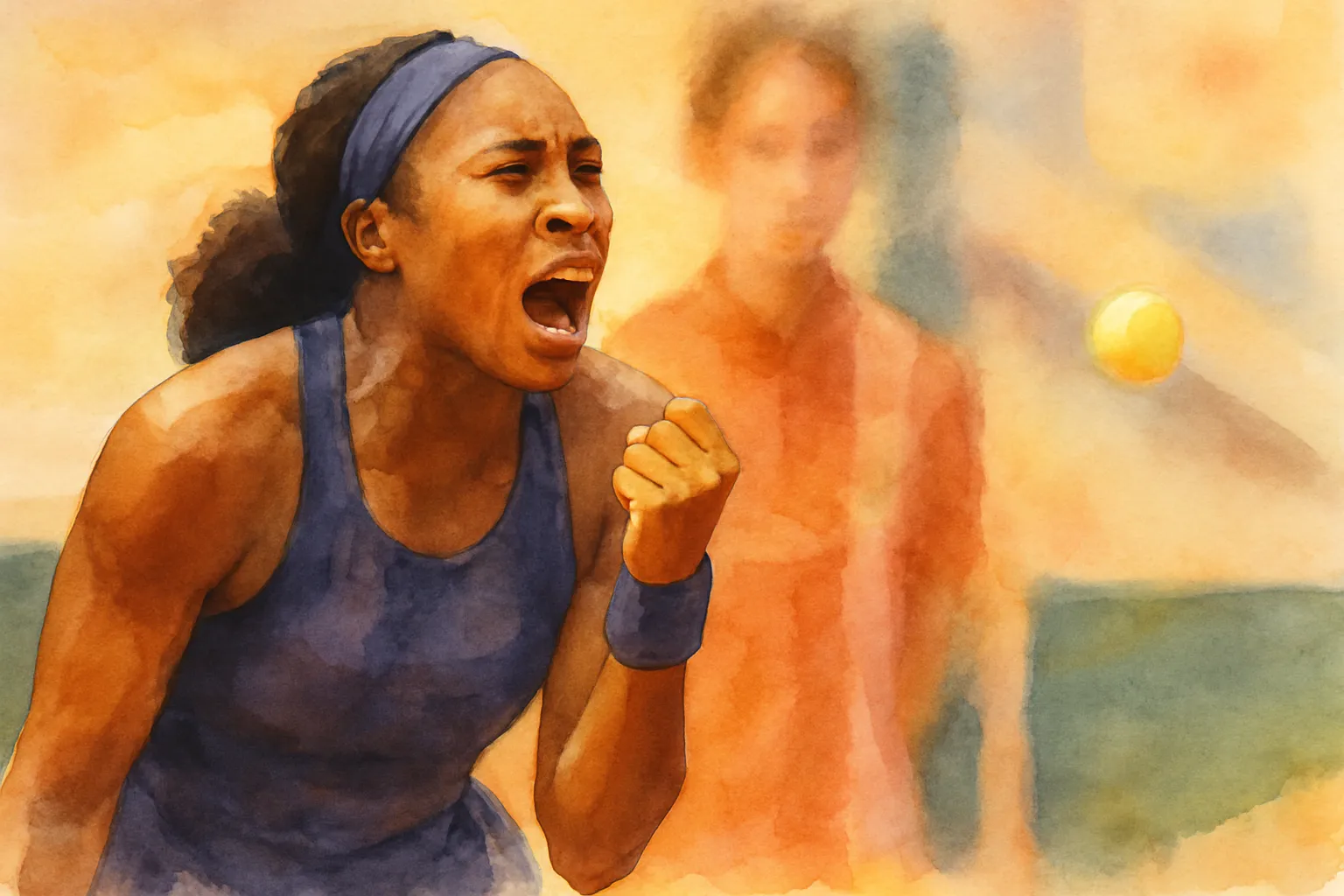
麥克羅伊:大滿貫後的榮譽追逐
May 3rd, 2025
麥克羅伊:大滿貫後的榮譽追逐
🇹🇼 中文
Sign Up or Log In to Continue Reading
Create an account or log in to unlock unlimited access!
🇺🇸 English
Inscribed onto the granite visage that represents golf's pantheon of titans, a sixth face now stands in perpetuity, a testament to which Rory McIlroy's rightful place among the sport's most revered figures has been definitively cemented, affording him the profound satisfaction of having ascended to its most rarefied and exalted apex.
Yet, a vast expanse of prospects unfurls before McIlroy.
Approaching his thirty-sixth year, he contends that his prowess on the field has demonstrably surpassed that of a decade prior, a proposition for which substantiating counter-evidence remains conspicuously absent.
In his eighteen-year professional trajectory, a span constituting half of his career as a golfer, McIlroy had previously failed to secure three victories prior to the calendrical demarcation of May. Such a profound sense of liberation has remained unprecedented for him. He currently operates with what could be metaphorically described as "house money," a sentiment entirely unrelated to the considerable $13.2 million already amassed from his six initial PGA Tour appearances this year alone.
He holds the coveted title of Masters champion, a testament to his unparalleled mastery and indomitable spirit.
He has now been bestowed with a locker upstairs within the hallowed Augusta National clubhouse, perpetually housing a size 38 green jacket for his lifetime tenure, alongside a coveted seat at the Masters Club dinner on Tuesday evenings—a culmination eleven years in the making, a feeling beyond compare.
The palpable heave of McIlroy's chest as he ultimately bowed his head on the 18th green following his triumph was a manifest expression of sheer relief, swiftly supplanted by evident joy, as discernible in his countenance when Scottie Scheffler assisted him in donning the coveted green jacket.
"What exigencies shall dominate our discourse in the coming annus horribilis?" McIlroy queried, initially within the confines of Butler Cabin and subsequently to inaugurate his press colloquy, a pronouncement underscoring the profound liberation he now apprehends.
Would the subsequent month be a more propitious juncture?
With a career Grand Slam now definitively secured, anticipatory speculation concerning a potential calendar-year iteration is no longer premature, particularly given the felicitous alignment of the remaining major tournaments this season with his strategic proclivities.
The PGA Championship, scheduled for the forthcoming month at Quail Hollow, is a tournament where McIlroy has unequivocally asserted his dominance, having triumphed there on four distinct occasions.
Amidst the cohort of competitors queried on a hypothetical scenario last summer, the paramount query posed was thus: should the apex FedEx Cup performer wield the prerogative of designating the venue for the Tour Championship, which locus would be his selection? Unhesitatingly, McIlroy posited Quail Hollow.
The U.S. Open is staged at Oakmont, a sprawling layout notorious for favouring puissant drivers, a configuration that would seemingly play directly to his strengths, notwithstanding his ignominious previous outing there, punctuated by a first-round 77 – a score exacerbated by the two-day disruption wrought by inclement weather – culminating in an unceremonious early exit from the tournament.
The esteemed British Open is poised for a homecoming at Royal Portrush, a locale within Northern Ireland, a territory intrinsically linked to McIlroy, where he harbours a significant score to settle. At the antecedent Portrush staging, the crushing weight of his self-imposed expectations, coupled with pervasive external hopes, precipitated a calamitous opening tee shot, venturing irrecoverably out-of-bounds, culminating in a debilitating octuple-bogey, an ignominious start that irrevocably sealed his fate, resulting in an ultimately missed cut.
He reverts with a surfeit of latitude, rather than a dearth of exigency.
While that remains a distant prospect, it serves as a salient illustration of the transformative shift in the discourse surrounding McIlroy, pivoting from a focus on perceived deficiencies to an exploration of potential accretions.
Speaking from his perspective, Scheffler, a fellow occupant of Butler Cabin during the trophy presentation, proffered this insight on Tuesday: "While I lack a comprehensive grasp of the pressures inherent in pursuing a career Grand Slam, I possess a rudimentary comprehension of the psychological toll exacted by inquiries framed around achievements juxtaposed with perceived deficiencies, an interrogation that can prove profoundly taxing on individuals at times."
Brad Faxon, a long-time confidant who collaborates with McIlroy on his putting technique, averred that McIlroy's current momentum was irresistible and that his tally of major championship victories was poised for a twofold increase. "He possesses the wherewithal to accrue a decuple," Faxon posited.
Eminent golfing cognoscenti Arnold Palmer and Jack Nicklaus once prognosticated that a nascent Tiger Woods possessed the requisite foundational proficiencies to accrue a decuple of green jackets, thereby equalling their cumulative acquisition. Woods ultimately attained but a moiety of that ambitious projection.
A full round of golf separated McIlroy from his maiden major victory at the 2011 U.S. Open at Congressional when Padraig Harrington posited, "If one were to consider a potential challenger to Jack's formidable record, behold the individual."
Nicklaus reigns supreme in the golfing pantheon, holding the benchmark of eighteen major championships, a tally that casts a long shadow over contemporary figures like McIlroy and Brooks Koepka, each possessing a still formidable, though comparatively modest, five, whilst trailing Woods by a decuple deficit.
The palpable excitement can be overwhelming, placing this Masters in the pantheon of Augusta National's most iconic moments – a lineage extending from Woods' triumphs in 2019, 2001, and 1997, through Nicklaus's legendary performances in 1986 and 1975, to Arnold Palmer's seminal victory in 1960.
Yet, the attainment of this coveted distinction proved a Herculean undertaking for McIlroy, not solely on the climactic Sunday, but throughout the preceding sixteen years. Eleven long years had elapsed since his last major triumph, and whilst securing the Masters title represented the apex of his aspirations, the exigencies of competitive play had yielded but two instances, across sixteen prior attempts, where McIlroy entered the final nine holes with a substantive prospect of prevailing.
A far greater specter haunted such players as Greg Norman, Tom Weiskopf, David Duval, and Ken Venturi, each having accumulated considerably more psychological scar tissue.
McIlroy articulated two years prior, subsequent to his narrow miss at the U.S. Open, his willingness to endure "100 Sundays such as this" for the acquisition of an additional major championship. He would have demonstrably countenanced a millennium of Sundays to secure a coveted green jacket, particularly in light of the monumental implications involved.
McIlroy now becomes the sixth individual to attain the career Grand Slam, entering the rarefied company of Woods, Nicklaus, Gary Player, Ben Hogan, and Gene Sarazen; however, a mere four of these luminaries can genuinely be said to have "achieved" this milestone in its contemporary formulation, given that the concept itself remained nascent until unilaterally declared thus by Arnold Palmer in 1960.
The sole other golf professional to achieve the coveted career Grand Slam at the Augusta tournament was Sarazen in 1935, during its second iteration when it was not yet formally designated "The Masters," but rather the "Augusta National Invitation Tournament," with the now-iconic green jacket not bestowed upon winners until 1949, and the esteemed Masters Club dinner not inaugurated until 1952.
McIlroy stands as the sole competitor to clinch the final segment at the Masters, an event where the mnemonic resonance is arguably most profound given its distinction as the solitary major perpetually hosted on the same venue, thereby underscoring the unparalleled significance of this achievement.
To appraise the magnitude of this feat is to scrutinise not merely those alongside whom he now stands, but also the pantheon of golf's icons notable by their absence from its figurative Mount Rushmore.
Sam Snead holds a preeminent position in PGA Tour annals, sharing the all-time career victories record of 82, a testament to his unparalleled longevity, though conspicuously absent from this tally is a U.S. Open triumph; similarly, Phil Mickelson's illustrious career eclipses that of Rory McIlroy in many respects, yet the glaring lacuna in his Grand Slam oeuvre remains the elusive U.S. Open title.
Tom Watson amassed a career tally of thirty-nine PGA Tour victories and secured eight major championships, while Palmer is widely regarded as the paramount transformative force in the contemporary landscape of golf; however, neither ultimately claimed the coveted PGA Championship title.
McIlroy's prior trepidation concerning his potential classification amongst the pantheon of "almost" champions has been decisively eradicated by the Masters victory, leaving only the boundless trajectory of his future accomplishments as a prevailing point of contemplation.
May 3rd, 2025
Trending Articles

雷霆王朝初現曙光:總冠軍是否僅為序幕?
Thunder Dynasty Dawns: Championship Victory a Mere Prelude?
雷霆王朝初現曙光:總冠軍是否僅為序幕?
Thunder Dynasty Dawns: Championship Victory a Mere Prelude?

田徑運動盛大啟動拉斯維加斯巨型體育場計畫:嶄新紀元揭幕。
Athletics Launch Colossal Las Vegas Stadium Project: A New Era Dawns
田徑運動盛大啟動拉斯維加斯巨型體育場計畫:嶄新紀元揭幕。
Athletics Launch Colossal Las Vegas Stadium Project: A New Era Dawns

NBA總決賽第四場:在爭奪總冠軍的關鍵時刻,溜馬隊的沉著冷靜遭遇雷霆隊的堅定決心。
NBA Finals Game 4: Pacers' Composure Meets Thunder's Resolve Amidst Championship Stakes.
NBA總決賽第四場:在爭奪總冠軍的關鍵時刻,溜馬隊的沉著冷靜遭遇雷霆隊的堅定決心。
NBA Finals Game 4: Pacers' Composure Meets Thunder's Resolve Amidst Championship Stakes.

德拉賽特爾於延長賽力挽狂瀾,拯救油人隊,助其扳平史坦利盃決賽系列賽。
Draisaitl's Overtime Heroics Salvage Oilers, Equalling Stanley Cup Final Series.
德拉賽特爾於延長賽力挽狂瀾,拯救油人隊,助其扳平史坦利盃決賽系列賽。
Draisaitl's Overtime Heroics Salvage Oilers, Equalling Stanley Cup Final Series.

雷霆再度宰制溜馬,以壓倒性勝利扳平 NBA 總冠軍賽。
Thunder Dominate Pacers Again, Level NBA Finals with Commanding Victory
雷霆再度宰制溜馬,以壓倒性勝利扳平 NBA 總冠軍賽。
Thunder Dominate Pacers Again, Level NBA Finals with Commanding Victory

高芙的自我說服:言語、鏡像與法網的凱旋
Gauff's Self-Persuasion: Words, Mirrors, and the Roland Garros Triumph
高芙的自我說服:言語、鏡像與法網的凱旋
Gauff's Self-Persuasion: Words, Mirrors, and the Roland Garros Triumph

艾卡拉茲於史詩般的法網決賽中力克辛納:韌性之絕佳演繹
Alcaraz Defies Sinner in Épique Roland Garros Finale: A Masterclass in Resilience
艾卡拉茲於史詩般的法網決賽中力克辛納:韌性之絕佳演繹
Alcaraz Defies Sinner in Épique Roland Garros Finale: A Masterclass in Resilience

跨性別運動員勝出加州田徑總決賽,引發激烈論辯。
Trans Athlete's Victory Sparks Debate at California Track and Field Finals
跨性別運動員勝出加州田徑總決賽,引發激烈論辯。
Trans Athlete's Victory Sparks Debate at California Track and Field Finals

高芙於法網展現宰制級表現;提亞佛球拍失誤引人莞爾。
Gauff Dominates at Roland Garros; Racket Gaffe Amuses Tiafoe
高芙於法網展現宰制級表現;提亞佛球拍失誤引人莞爾。
Gauff Dominates at Roland Garros; Racket Gaffe Amuses Tiafoe

大谷翔平躋身神殿:第二十支全壘打預示道奇隊史詩級軌跡。
Ohtani Joins Pantheon: Twentieth Homer Signals Historic Dodgers Trajectory
大谷翔平躋身神殿:第二十支全壘打預示道奇隊史詩級軌跡。
Ohtani Joins Pantheon: Twentieth Homer Signals Historic Dodgers Trajectory
Sign Up or Log In
Create an account or log in to continue reading and join the Lingo Times community!